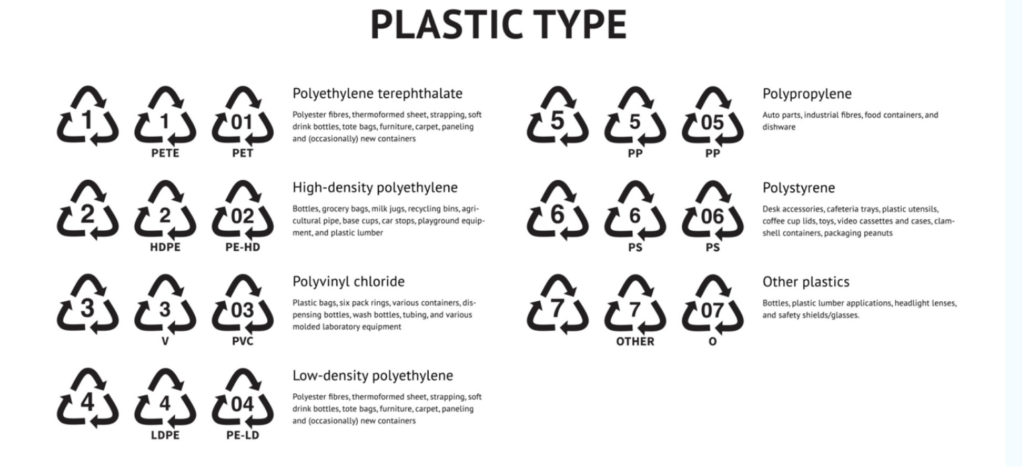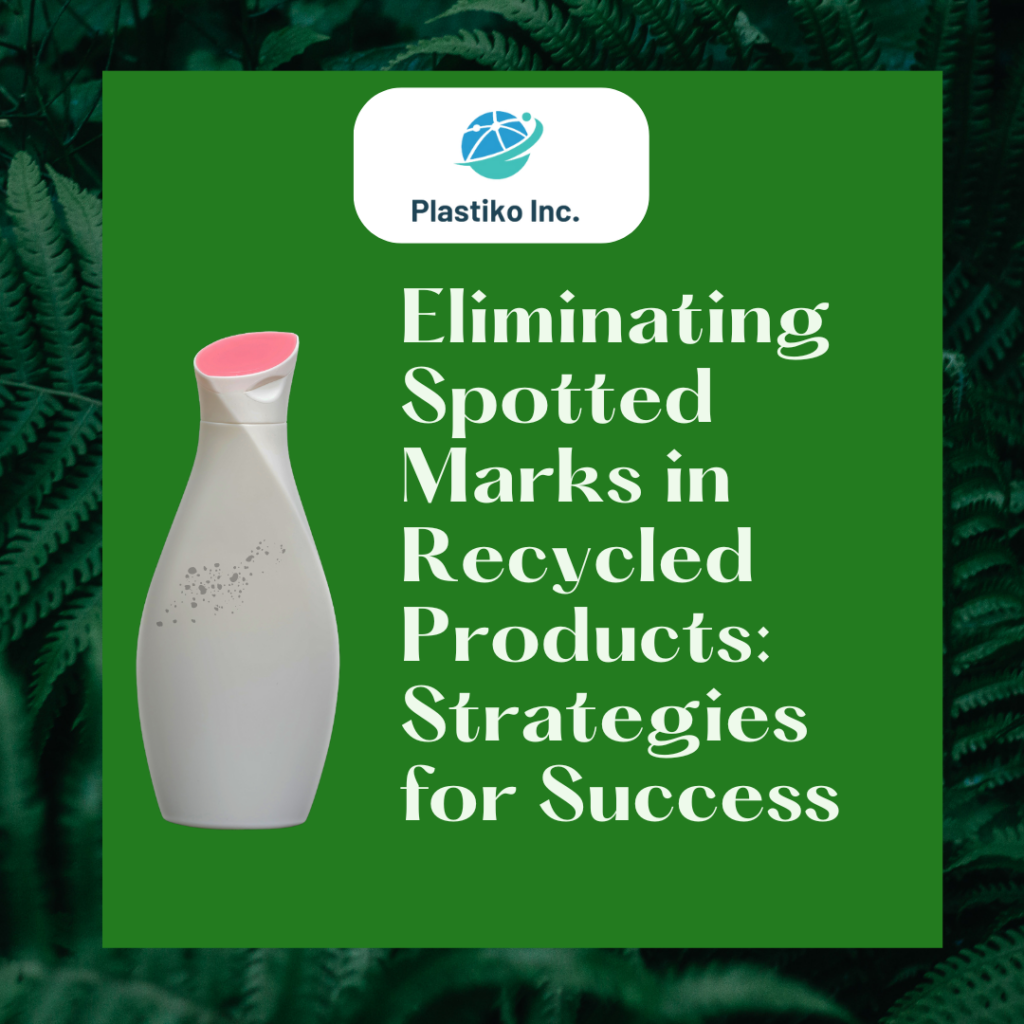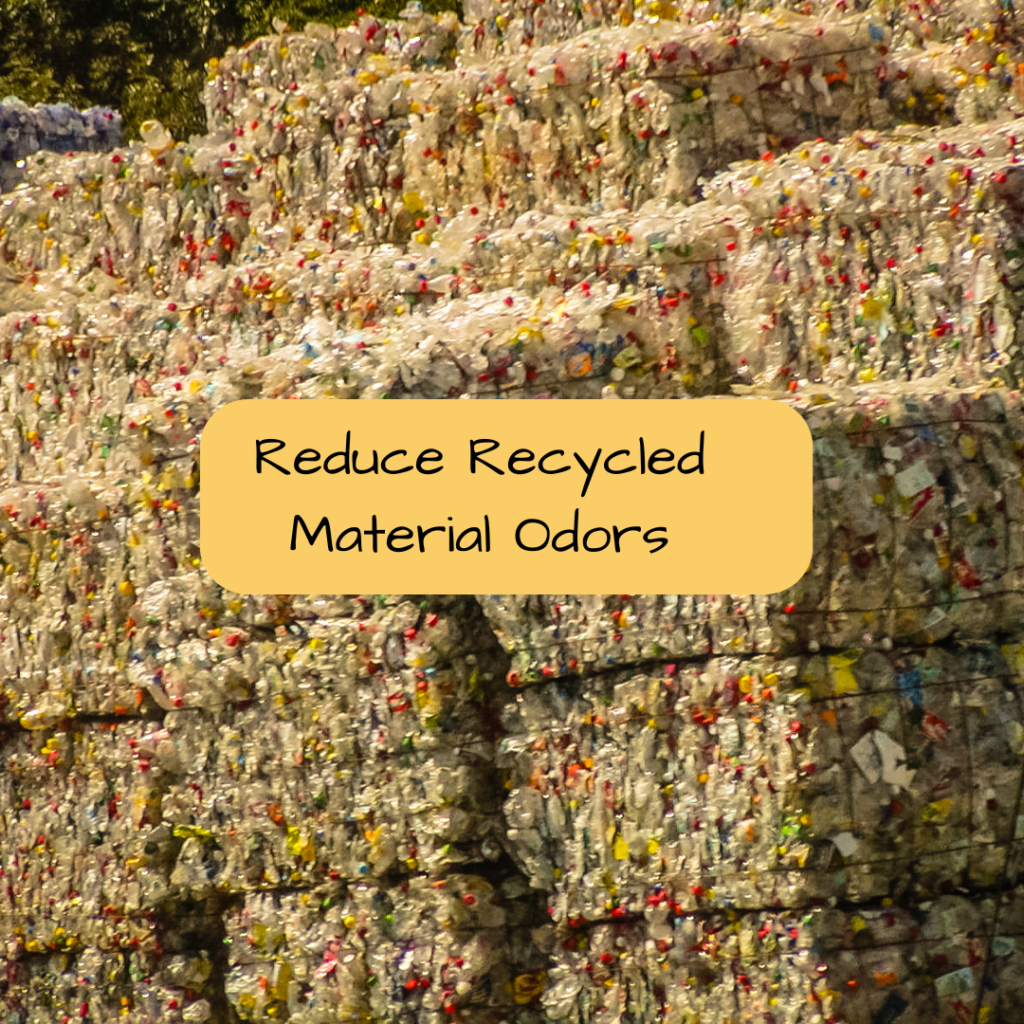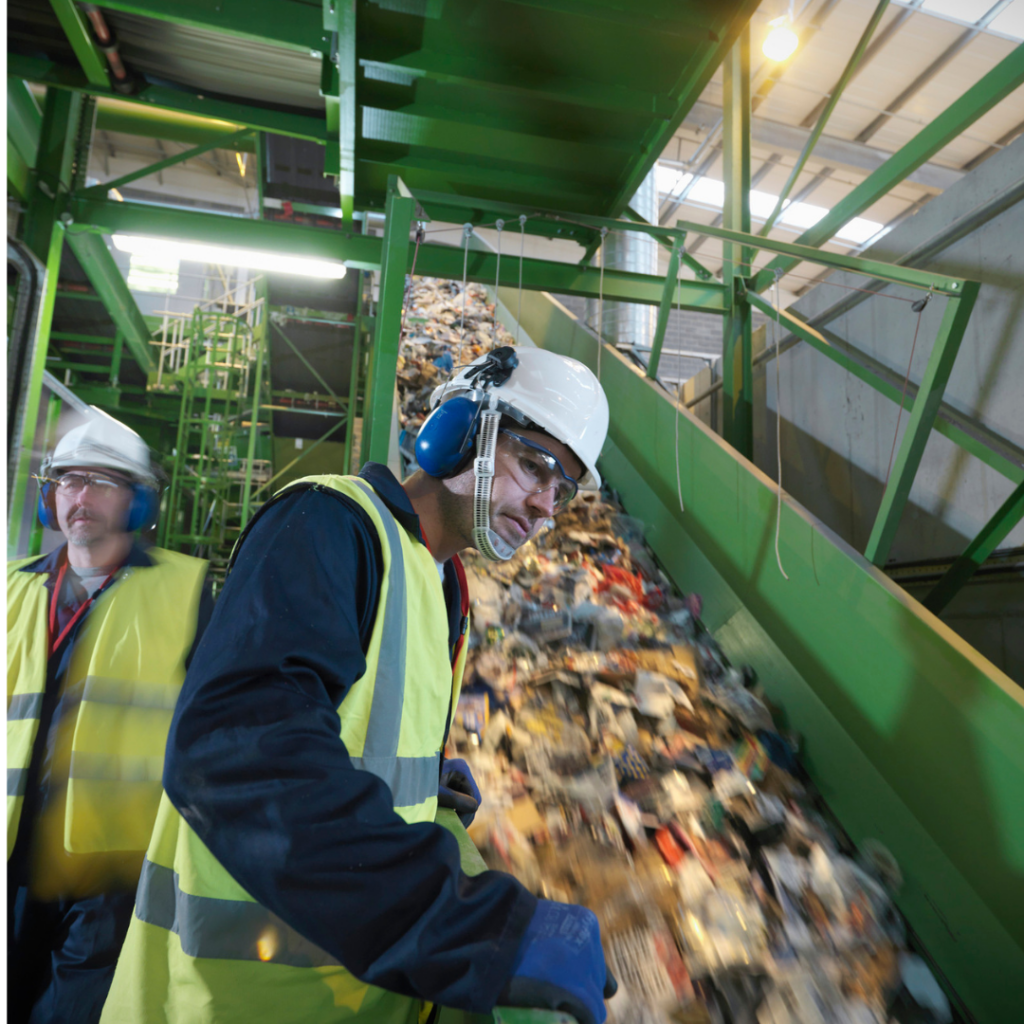What FDA Non-Objection Letter Approval for Food Use of PCR 20 MI Homo PP Means for Packaging Producers

The FDA’s Non-Objection Letter (NOL) approval for PCR 20 MI Homo PP (Recycled Polypropylene – rPP) is a significant certification that brings considerable benefits to packaging producers aiming to meet sustainability goals without compromising safety or quality.
Key Benefits for Packaging Producers
- Expanded Application Range: The approval means that Plastiko’s rPP can be safely used across a wide spectrum of food packaging scenarios, including frozen foods, hot-fill containers, and microwaveable products. This versatility allows producers to use one material for multiple applications, reducing complexity and inventory management challenges.
- Support for Sustainability Goals: With the growing demand for sustainable solutions, this FDA-approved rPP offers packaging producers a way to incorporate recycled materials into their products. By reducing reliance on virgin materials, producers can lower their environmental impact while meeting consumer and regulatory demands for eco-friendly solutions.
- Assurance of Safety and Compliance: Achieving FDA approval for food contact materials is a rigorous process that demonstrates the safety and reliability of the material. Packaging producers can confidently offer products that meet the highest food safety standards, reinforcing trust with their customers and end consumers.
- Market Differentiation: Utilizing FDA-approved recycled materials like Plastiko’s PCR Homo PP allows packaging producers to differentiate their offerings in a competitive market. With consumers increasingly prioritizing sustainability, this certification can be a valuable selling point.
- Economic Efficiency: Using recycled polypropylene reduces costs associated with virgin resin procurement and aligns with circular economy principles, making it a cost-effective and environmentally responsible choice.
Plastiko, Inc. now has the FDA Non-Objection Letter approval of PCR 20 MI Homo PP. This is more than just a certification; it’s a validation of the material’s quality, safety, and suitability for modern food packaging needs. For packaging producers, this represents an opportunity to create sustainable, compliant, and high-performance packaging solutions that meet evolving market demands while supporting a greener future. Contact us how we can help you incorporate recycled material in your food packaging: 314-558-6700






